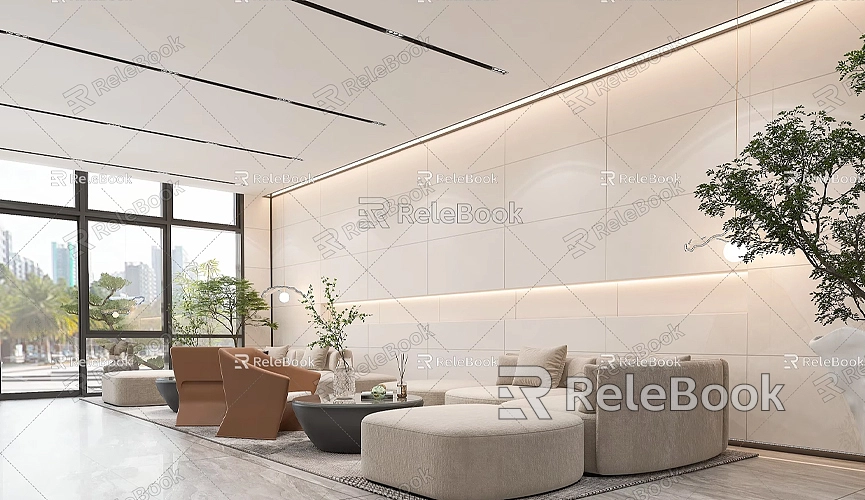How to get sketchup model into revit
Importing a SketchUp model into Revit is a common task for architects and designers. SketchUp is often used for conceptual design, while Revit excels in detailed construction documentation and Building Information Modeling (BIM). This guide will provide a comprehensive approach to successfully importing SketchUp models into Revit, ensuring a smooth process and high-quality results.
Understanding File Formats
Before starting, it’s essential to understand the relevant file formats. SketchUp models are typically saved in the SKP format, while Revit uses RVT files to manage projects. Revit can directly import SKP files, which simplifies the process. However, to ensure the best results, it’s important to optimize the SketchUp model before importing.
Preparing the SketchUp Model

Proper preparation of the model in SketchUp is key to a smooth import:
- Clean Up the Model: Remove any unnecessary components, layers, or details that won’t be used in Revit. Cleaning up the model reduces complexity and improves performance.
- Organize Components: Group similar elements together. This organization makes it easier to manage the model in Revit.
- Set Units and Scale: Ensure the units and scale are set correctly in SketchUp so that everything imports at the correct proportions in Revit.
- Use Layers: Use layers to organize the model, making it easier to control visibility and structure within Revit.
Exporting from SketchUp
After preparing the model, follow these steps to export it:
- Open the SketchUp model you want to export.
- Go to the “File” menu, select “Export,” and then choose “3D Model.”
- In the dialog box, choose “SketchUp (.skp)” as the file type and save it to a location you can easily access.
Make sure to select an SKP file version that is compatible with the Revit version you are using to avoid compatibility issues.
Importing into Revit

To import the SketchUp model into Revit, follow these steps:
1. Open Revit and create a new project or open an existing one.
2. Go to the “Insert” tab on the ribbon.
3. Select either “Import CAD” or “Link CAD,” depending on how you want the model to interact with the Revit project. “Link CAD” maintains a connection with the original file, while “Import CAD” directly integrates the model into the Revit project.
4. Select the SKP file you exported. You may have options to set units and location preferences. Check these settings to ensure the model is placed correctly within the Revit environment.
Adjusting the Model in Revit
Once the model is imported, you may need to make some adjustments:
- Check Scale and Orientation: Ensure the model displays at the correct scale and orientation in Revit. Rotate or scale the model as necessary.
- Materials and Textures: Textures may not carry over from SketchUp. In Revit, you may need to reapply or adjust materials to achieve the desired look.
- Optimize the Model: Depending on the complexity of the SketchUp model, further optimization may be required. This could involve replacing complex SketchUp geometries with native Revit components to improve performance.
Practical Application Scenarios
Importing SketchUp models into Revit is especially useful in the following cases:
- Design Development: Quickly transfer conceptual designs from SketchUp into Revit’s detailed documentation.
- Team Collaboration: Work collaboratively with teams that rely on Revit for BIM workflows while leveraging SketchUp for early-stage design.
- Visual Presentations: Create detailed presentations using Revit’s documentation tools alongside initial designs created in SketchUp.
Common Issues and Solutions
Although the process is generally straightforward, here are some common issues and their solutions:
- Missing Geometry: If parts of the model are missing, check for hidden layers or components in SketchUp.
- Performance Lag: If the model is too complex, consider simplifying it before export to improve Revit’s performance.
- Material Issues: If textures don’t display correctly, review the material settings in Revit and adjust them as needed.
Importing SketchUp models into Revit can boost productivity and facilitate seamless transitions from conceptual design to detailed BIM. By effectively preparing your SketchUp model, following the export and import steps, and making necessary adjustments in Revit, you can ensure a smooth integration. This workflow enhances efficiency and promotes collaboration across teams and disciplines.
If you frequently work with 3D models and need high-quality textures or models to complement your projects, consider exploring resources like Relebook. If you need free high-quality 3D textures and HDRI for creating models and virtual scenes, you can download them [here](https://textures.relebook.com/). For beautiful 3D models, download them [here](https://3dmodels.relebook.com/). Relebook offers an extensive collection of premium 3D resources.

